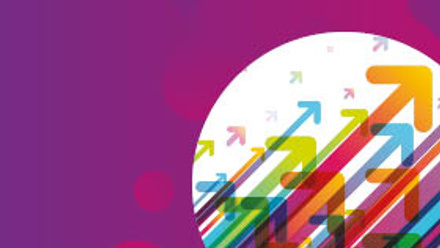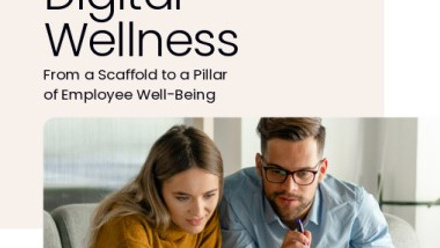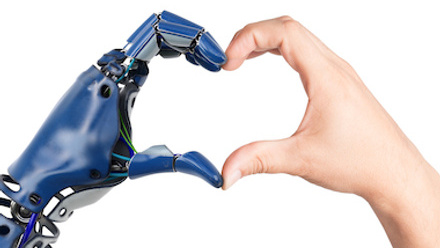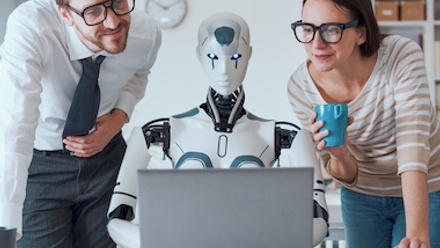Jai Binns: How AI can support the employee experience
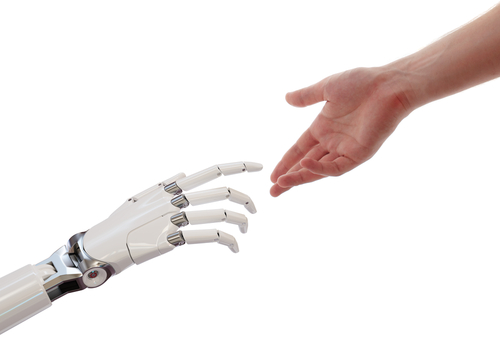
Employees want more, demanding instant results and becoming fully engaged online. Their growing expectations are infiltrating every aspect of HR and savvy organisations are moving to an enhanced employee customer experience.
Understanding employees’ needs
The reward and benefits dimension of HR lends itself favourably towards a more disruptive form of HR. While reward is pivotal in engaging new talent and retaining existing talent, competitive base pay is no longer enough to support a cross-generational workforce, especially when there is a war for talent.
The new harmonised workforce understands reward as more than base pay and pension and a handful of additional perks – they are fully harnessing total rewards, with a preference for career and environmental rewards, according to research from Willis Towers Watson. As organisations shift to a dominant millennial workforce there is a need for rewards to keep abreast to support their employees’ needs.
HR 2.0 is the future of the HR experience, requiring departments to focus on creating a more user-focused employee experience. Artificial intelligence has the ability to support an enhanced employee customer experience, one where employees can craft bespoke benefit packages which are meaningful to their current circumstances. And it can build organisations that can rapidly adapt, respond and even pre-empt the changing demands of the market, ensuring they are always one step ahead of their employees’ needs.
Current reward and benefits frameworks are rigid and do not allow for much customisation beyond arbitrary multiple choice options. By harnessing the potential of AI to support the selection of benefits, HR departments can become true custodians of change.
Chatbots
Flexible benefits are now becoming common practice within organisations, however they are still relatively static.
Using chatbots, businesses can continually engage their employees in new benefits, whilst collecting data on their opinions of pre-existing benefits. This data can be used to recommend additional benefits, as well as enrol and off-board employees from benefits. This idea could be pushed further to allow employees to change their benefits on a monthly basis using automation – no more paperwork and a seamless customer experience.
Predictive analytics and base pay
The use of predictive analytics within HR is now commonplace, although the uses are still relatively uninspired, such as predicting leaver behaviour. HR departments are sitting on a wealth of data that they can use to automate the salary review process.
Using predictive analytics, rewards analysts can reverse engineer the compensation review process. Imagine using performance indicators to predict the salary movement of employees and using this data to guide a more objective decision-making process. Using smarter tools/techniques for more objective pay decisions will increase your overall employee engagement.
Leveraging AI in benefits is a positive step change to realising the potential of disruptive HR practices. If you can believe in better, more automated ways of working, you can make it happen with the correct tools and skills. Understanding the new wave of technology approaching HR will only ensure you thrive in an ambiguous future.
This article is written by Jai Binns, head of human operations at Satalia


